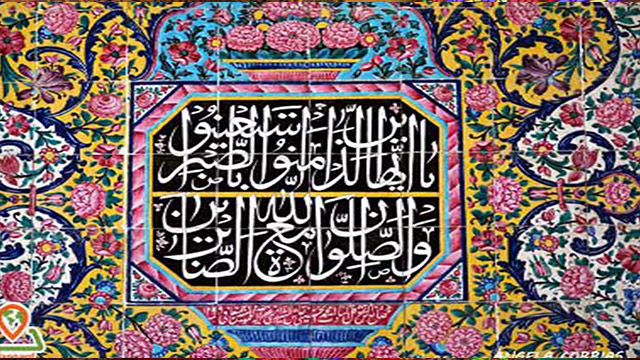Live
فارسی
عربي
ورود از طریق شبکه های اجتماعی
- استفاده مختص کاربران دارای هویت واقعی محرز شده نزد این پایگاه میباشد.
- این سایت در ستاد ساماندهی و بخش جرائم رایانهای دادگستری به ثبت رسیده است.
- گزارش تخلفات احتمالی این سامانه توسط کاربران الزامی می باشد
- کاربران باید طبق قوانین این سامانه که برگرفته از قوانین جرائم رایانه ای می باشد فعالیت کنند
- نام کاربری شما تکراری می باشد




 The seven colors mostly used in making the 15x15 cm tiles are blue, turquoise, red, yellow, fawn, black, and white.
The seven colors mostly used in making the 15x15 cm tiles are blue, turquoise, red, yellow, fawn, black, and white.  A good case of the Haft-Rang tiles in the ornaments of many architectures is Nassir ol-Molk mosque AKA the Pink Mosque, the Vakil mosque, Narenjestan mansion, and Afif Abad Garden.
A good case of the Haft-Rang tiles in the ornaments of many architectures is Nassir ol-Molk mosque AKA the Pink Mosque, the Vakil mosque, Narenjestan mansion, and Afif Abad Garden.










